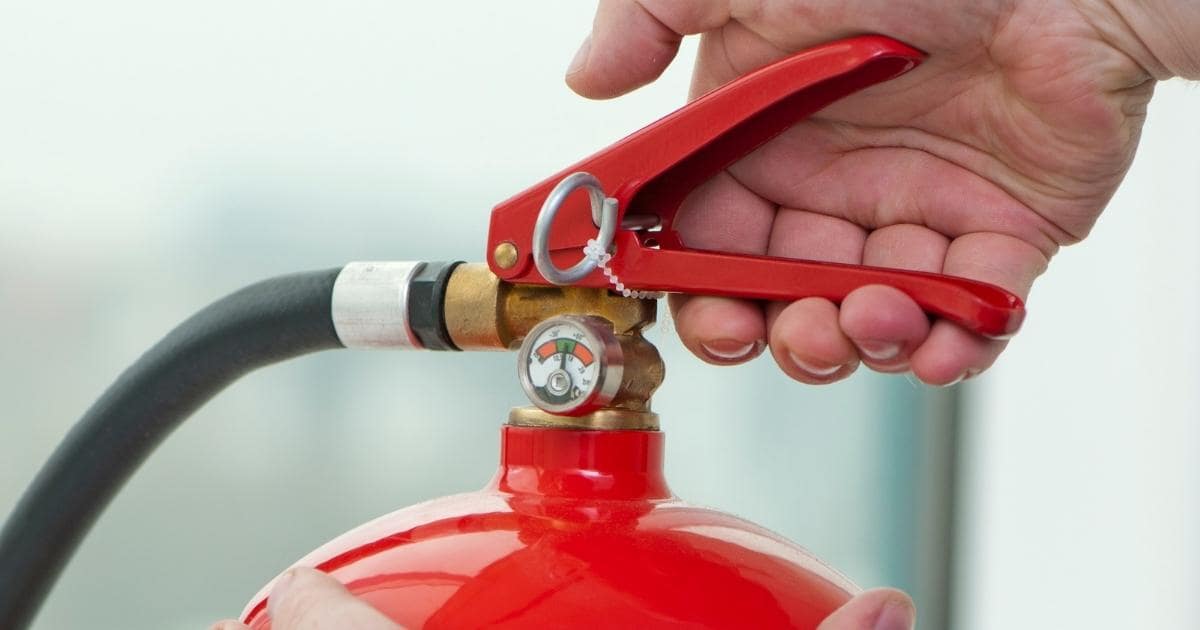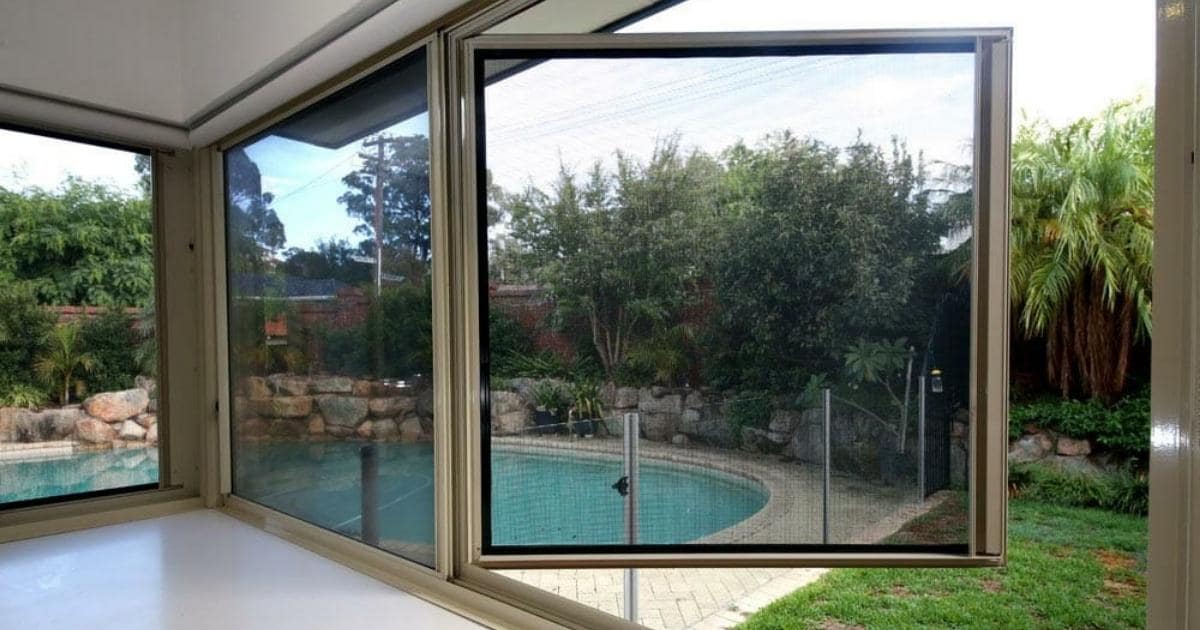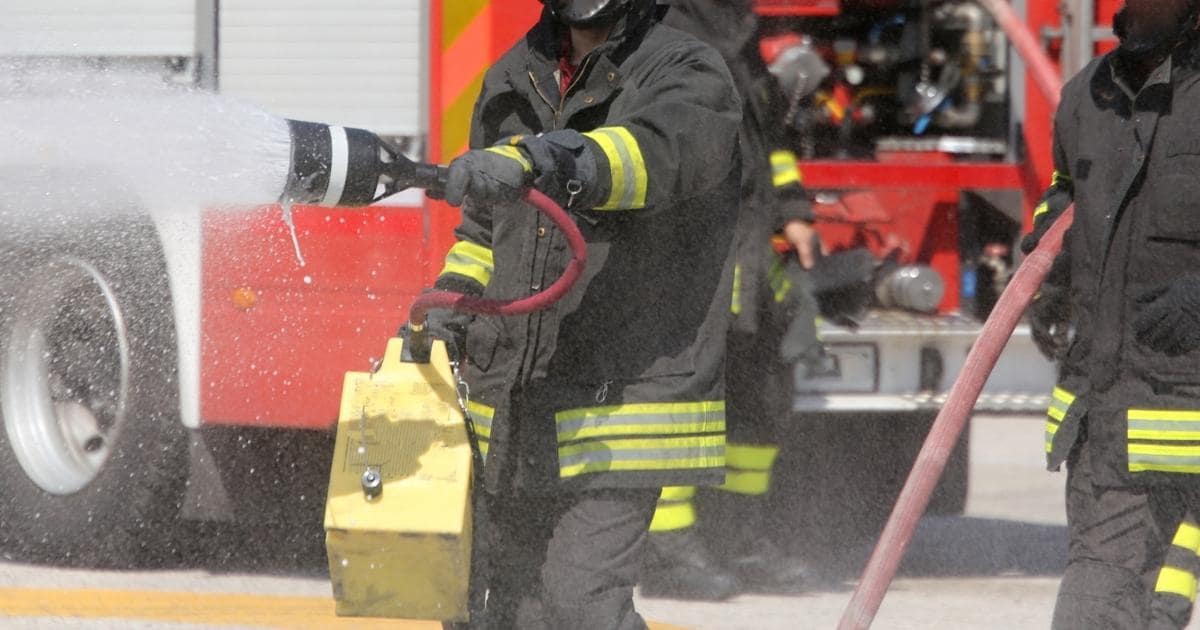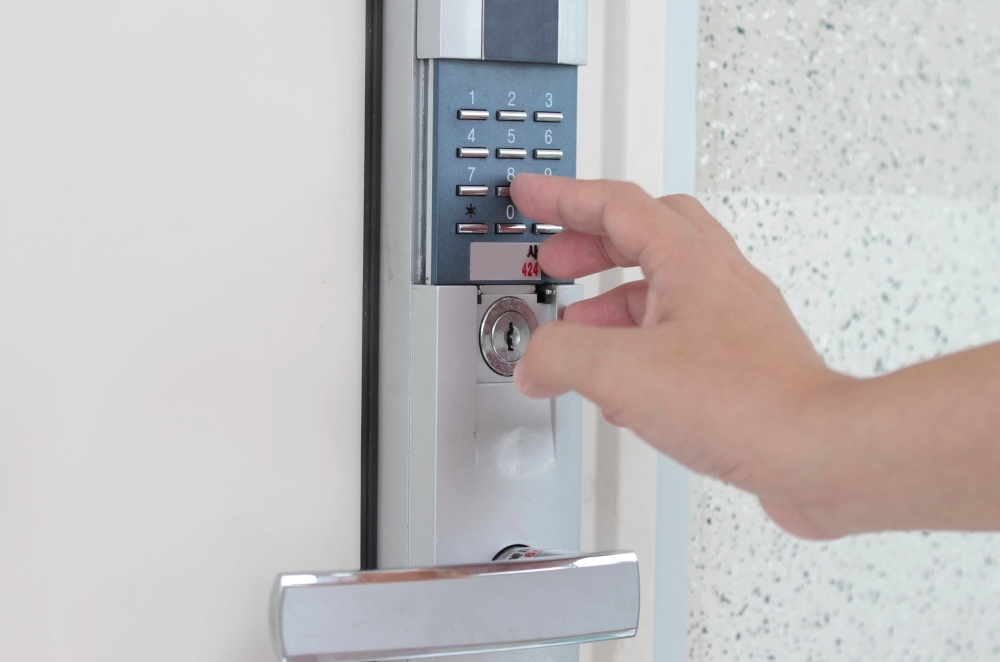Bush fires and house fires are prevalent in WA, and when it comes to protecting your family, every second counts. Having a fire evacuation plan in place will help ensure everyone in the household can evacuate safely.
This article will clarify what a fire evacuation plan is and discuss what it should include.
What is a Fire Evacuation Plan?
A fire evacuation plan outlines multiple fire safety guidelines. It should include how household fires can be prevented, how residents will be alerted in the event of a fire, how to evacuate the home, and what everyone should do once safely evacuated.
What Should be Included in a Fire Evacuation Plan?
Creating a fire evacuation plan may seem like a daunting task, but it is important to take the time to ensure everyone in your household knows the emergency procedures in the event of a fire. By taking some simple steps, you can help keep your family safe should the worst happen.
Here is what you should consider while creating your fire evacuation plan:
1. Preventing Household Fires

In many cases, fires that have started from within the home could have been prevented.
There are two simple ways you can prevent a house fire. Firstly, avoid leaving flames unattended, including candles and gas stoves. Secondly, ensure all electrical appliances are turned off when not in use and are repaired or replaced when they start to show signs of being faulty.
Many fires that start within the home begin small and can quickly be taken under control if there is fire safety equipment on hand. For this reason, all households should consider investing in fire extinguishers, fire blankets, or other fire protection equipment.
2. Fire Alarm Systems
Under Western Australian law, every household must have a smoke alarm installed.
Installing a fire alarm is crucial for emergency evacuation planning as it can provide critical extra seconds which allow your family to evacuate safely.
3. Fire Emergency Evacuation Procedures

How to safely exit the building during a fire is another vital part of a fire emergency plan.
The first thing to consider is the evacuation points of your home. Homes should have multiple exit routes in case fire or debris blocks an exit point. Everyone in the household should know these evacuation points and how to access them independently.
Many homes achieve having multiple evacuation points by installing fire escape windows. These windows can be easily opened from within the home without a key. Escape windows still act as security screens as people cannot break in from outside the home.
4. Fire Emergency Response Procedures

The last thing to consider for your home’s fire emergency management is what to do once everyone has safely evacuated the home.
It is essential to contact your local fire emergency services as soon as possible. You should also alert your neighbours so they can evacuate their homes in case the fire spreads.
Install Fire Escape Security Windows with Clearview!
Every household should have a well-thought-out personal emergency evacuation plan in place, pre-empting a house fire.
If you believe installing fire escape security windows can help keep you and your family safe, contact us today on (08) 9443 8633 or get a free online quote.




